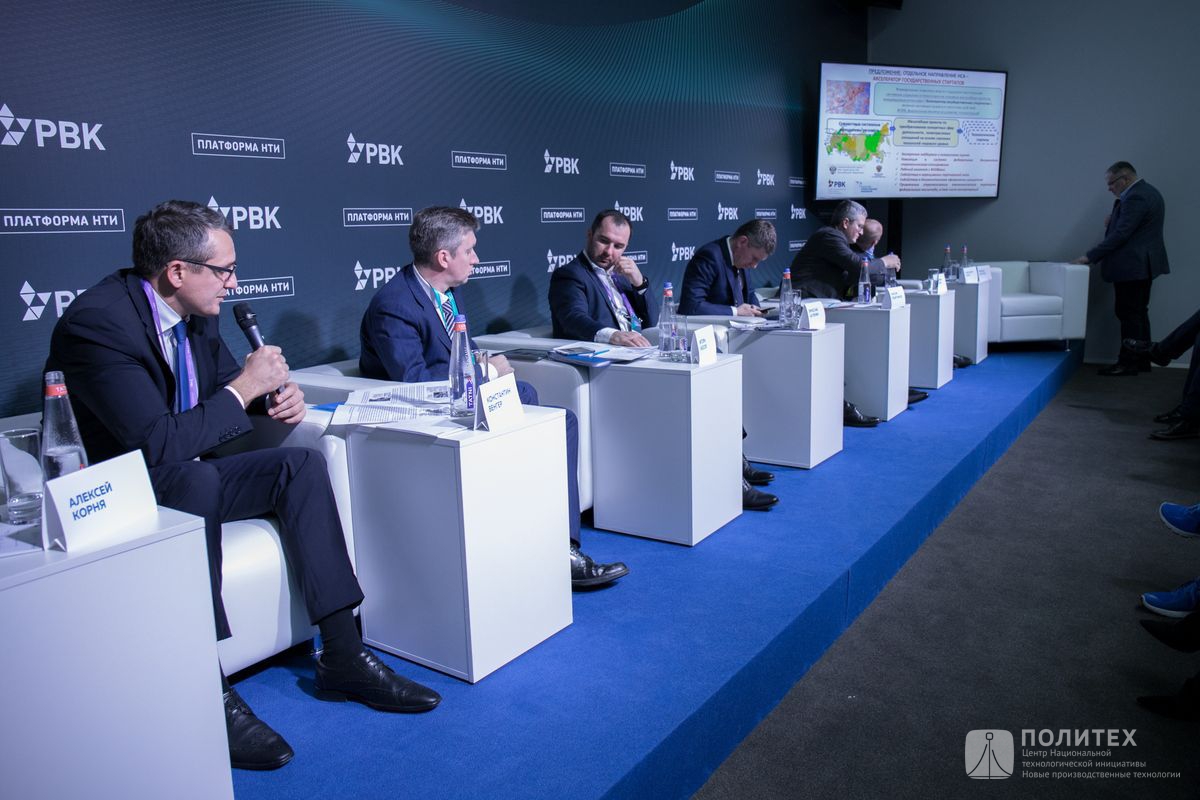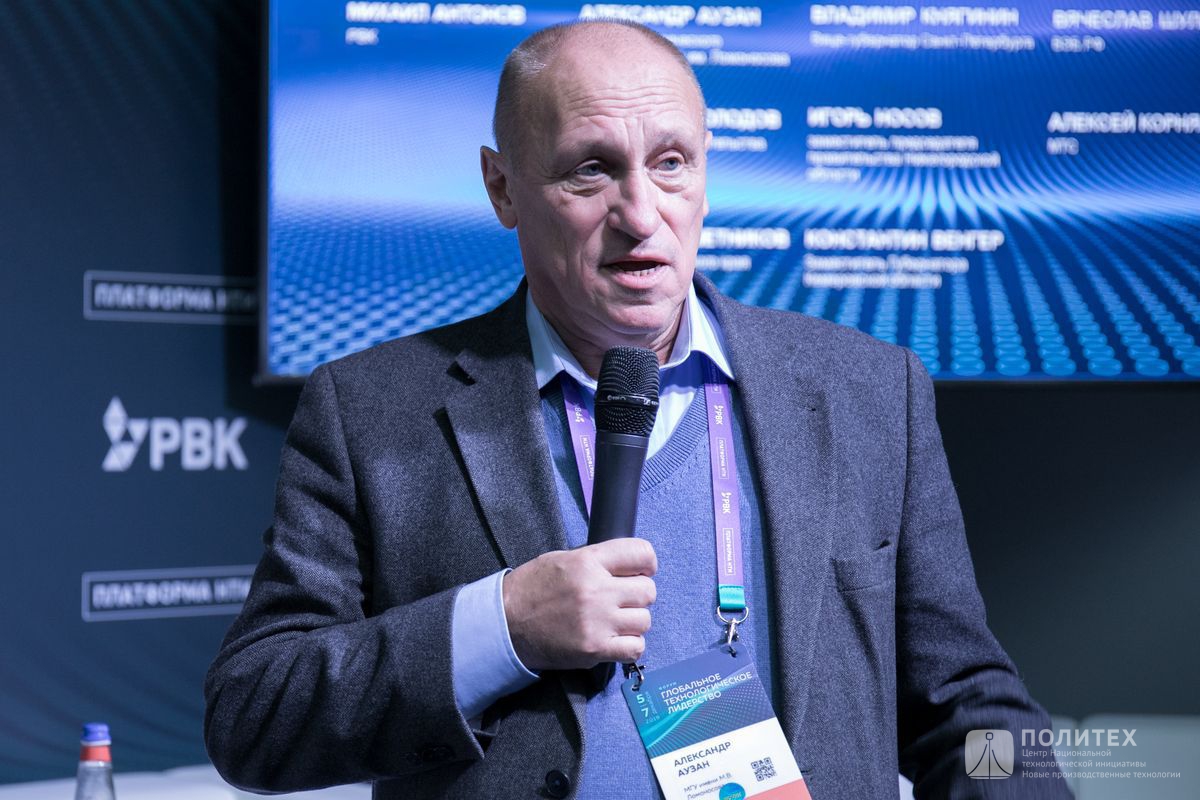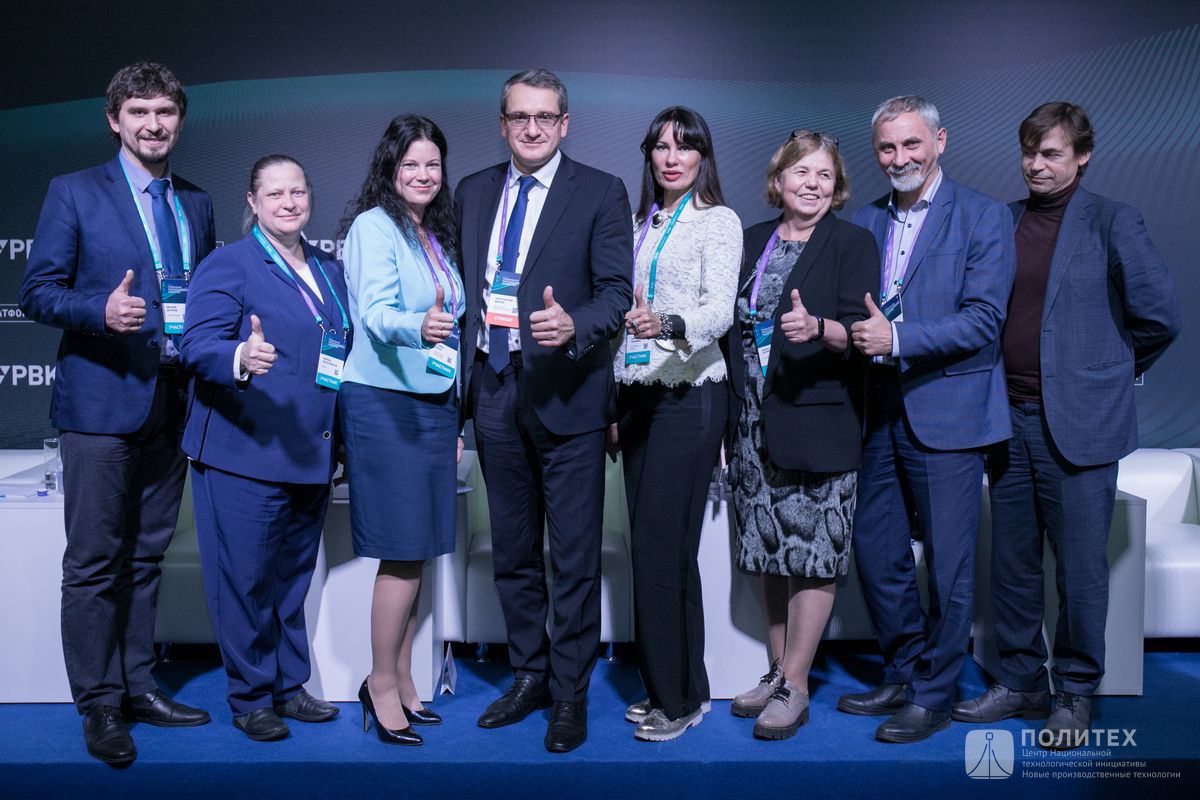The Digital Ob-Irtysh Basin project received a high appraisal of federal experts at the Global Technology Leadership Forum
On December 6, 2019, the Digital Ob-Irtysh Basin project was presented at the Global Technology Leadership Forum. The NTI SPbPU Center was among the main technical coordinators of the work.

The project aims to create Russia’s first digital twin of the river basin as a techno-natural object and digital platform of the Ob-Irtysh basin to address environmental, water, technological, transport and social issues, stimulate production using the best available technologies, and, ultimately, to improve the quality of life in 14 near-Ob regions.
The project lays foundation for the creation of a fundamentally new system of integrated water resource management using digital technologies with turnkey solutions for monitoring and control for the sustainable development of river basin territories.
The idea arose in line with the activities of the Kuzbass Scientific and Educational Center (SEC); in less than nine months, it has developed into a new federal initiative in the framework of the “Ecology” national project within the context of the “Digital Economy” program. Currently, an active project processing with federal authorities and preparations for its inclusion in strategic planning documents is underway.
To implement the project, a scientific and technological consortium was formed, which included the Institute of Water Environmental Problems of the Siberian Branch of the Russian Academy of Sciences; Kemerovo Branch of the Institute of Computational Technologies of the Siberian Branch of the Russian Academy of Sciences, and the “New Manufacturing Technologies” Center for Scientific and Technical Information of SPbPU.
Alexey Borovkov, Vice-Rector for Advanced Projects at SPbPU and Head of the NTI Center, said: “The project has become the basis of a strategic partnership between our NTI Center and the SEC Kuzbass. A global-level task was formulated: to create an efficient instrument of state water management of the country’s largest river basin on the basis of advanced end-to-end technology of digital doubles, for the first ever time in Russia and in the world. The key point is to form a matrix of critical parameters and resource constraints (financial, technological, environmental, etc.), which would serve as the basis for developing a family of inter-connected mathematical models of a high level of adequacy with real processes, which would subsequently allow us to analyze and study various scenarios of events when making plans for the preservation of unique water bodies, the development of economic activity in the water basin, and the reduction of accumulated environmental physical damage. For industrial enterprises, i.e., water users, this will become the basis for identifying the contribution of their enterprises to the total technogenic loading on water bodies, the basis for improving their technological processes, which would ultimately lead to a significant reduction in the cost of production of enterprises presently reacting ‘in response to what has happened’ and, of course, this will increase the efficiency of investments in environmental programs.”
Within the framework of the forum, Kuzbass Deputy Governor for Economic Development, Chairman of the Coordinating Council for the implementation of the Digital Ob-Irtysh Basin project Konstantin Wenger summarized the current results of the project and emphasized the importance of inter-regional cooperation and teamwork. While responsible research organizations have been identified in each region, there is no geographical framework for the cooperation of professional participants in these teams. “We are open to collaboration and use this work as an opportunity to strengthen our team and scale the project. Our project was included in the ‘The Arctic platform of the Urals’ consortium and became the first pilot project of the Eurasian technological platform for the ‘Rational and Efficient Water Use’ presently being created,” said Konstantin Wenger.
The project of creating a digital twin of the Ob-Irtysh basin was praised by experts at the federal level. The experts specifically mentioned the involvement of regions, scientific and educational institutions in solving specific problems of the project. Dean of the Lomonosov MSU Faculty of Economics Aleksandr Auzan noted that the Digital Ob-Irtysh Basin project is an example of creating large-scale long-term technological development projects and an approach to creating technologies and working formats, when one region could share with another, and common tasks could be solved faster.
Source: https://nticenter.spbstu.ru/





